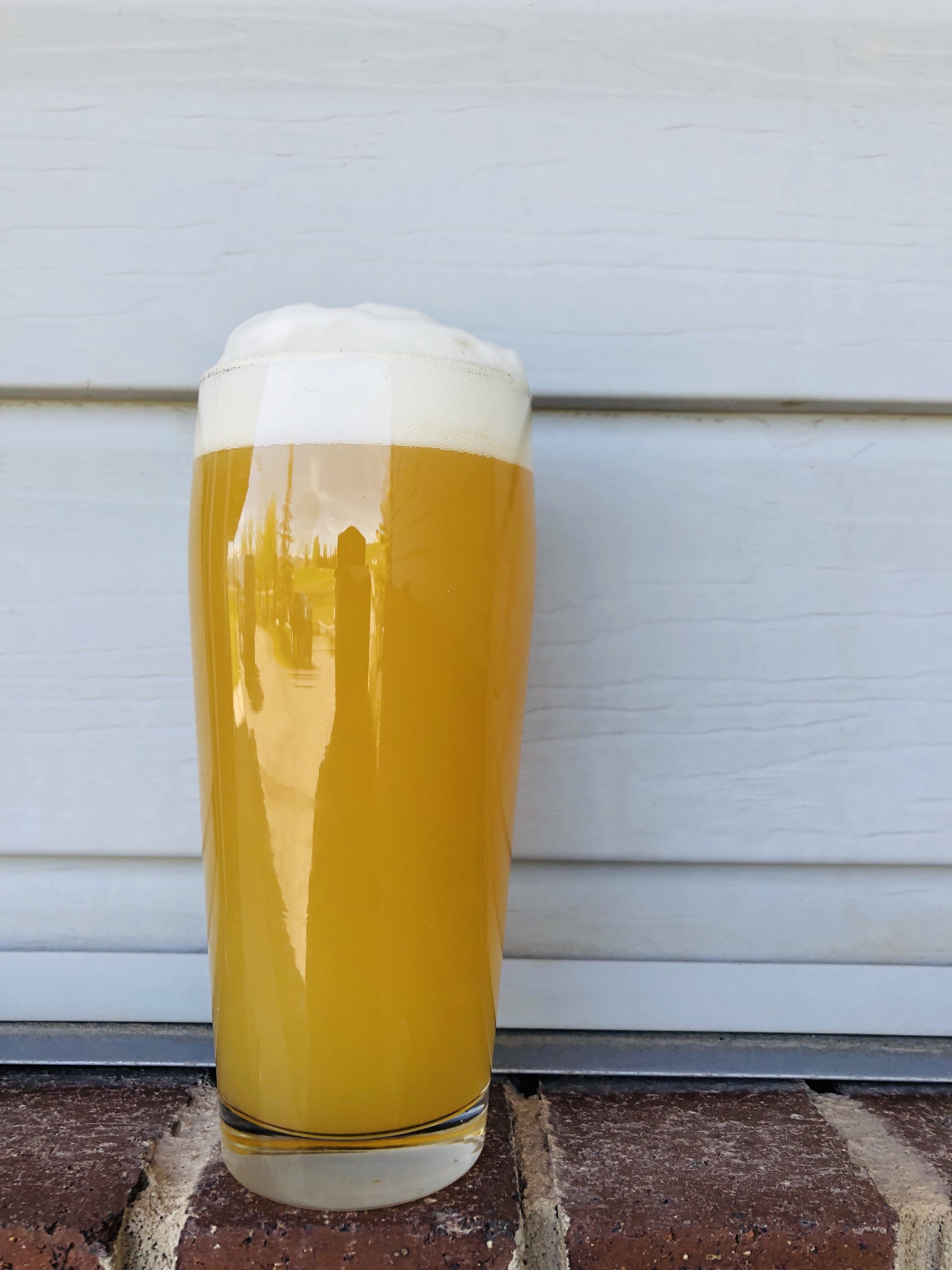Tried to find the oldest hoppy beer on tap. This was a 5% Pale Ale that I made three batches of between three different yeasts. This one was 1272 which was the worst so it’s still around, need to dump it tomorrow to make room for the next round. This beer does have 5% Malted Wheat although at that amount I don’t think it’s contributing anything to haze stability. I will add a bit of wheat to lower ABV beers. Never for anything over a pale ale. This was kegged on April 6th and hasn’t been moved since so approaching 9 weeks.
Hopshot 15 IBU@ 60
1oz Citra @ 10
2oz Citra WP (170)
1oz Loral WP
DH after fermentation and soft crash to 60 for 36 hours and pulling as much yeast as possible
3oz Citra
1oz Loral
1oz I7
1272 @ 68
60 Ca, 60Na, 8mg, 100 So4, 135 Cl
70% Rahr 2 Row
20% Weyermann Vienna
5% Mecca White Wheat
5% Briess Carapils
View attachment 630723
I don’t have anything else that’s more than a month old that’s hoppy that I didn’t fine...


































![Craft A Brew - Safale S-04 Dry Yeast - Fermentis - English Ale Dry Yeast - For English and American Ales and Hard Apple Ciders - Ingredients for Home Brewing - Beer Making Supplies - [1 Pack]](https://m.media-amazon.com/images/I/41fVGNh6JfL._SL500_.jpg)
























